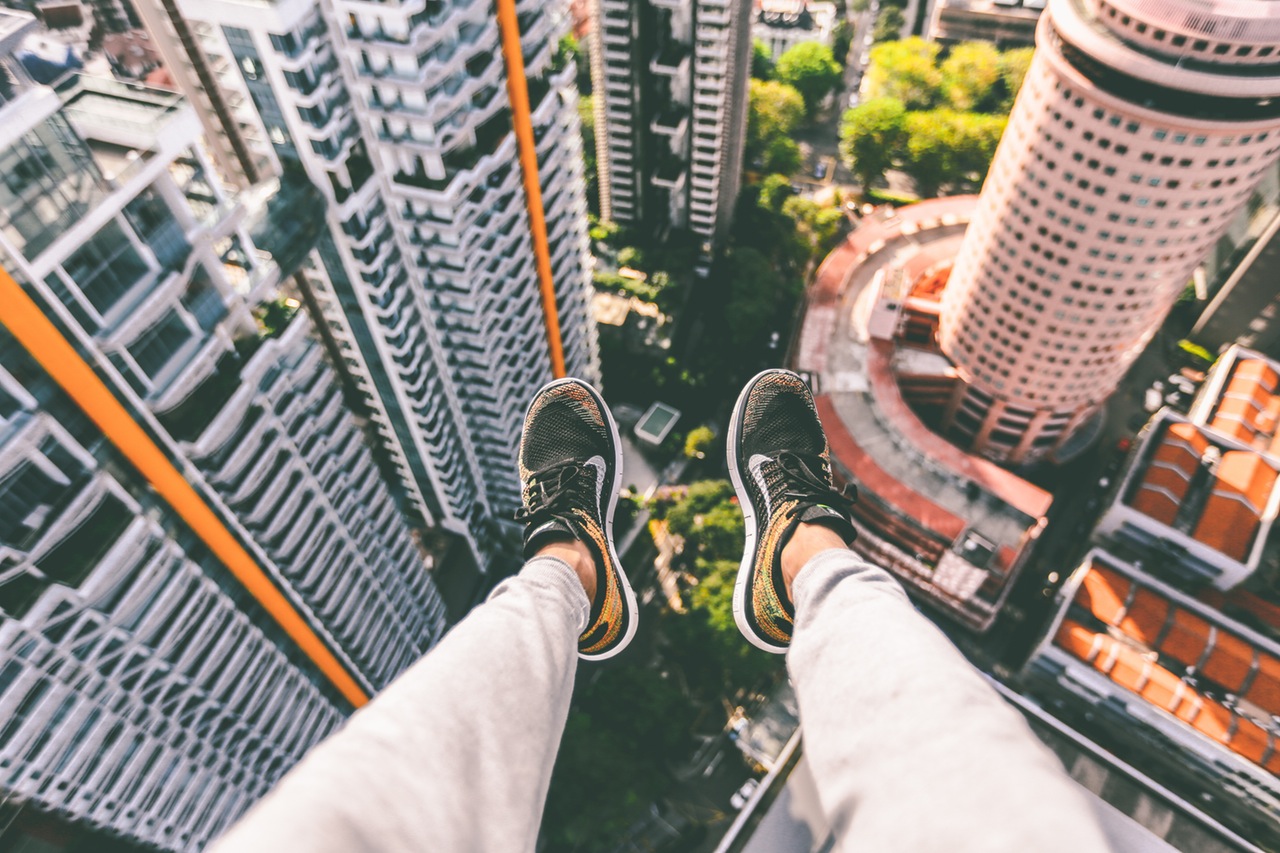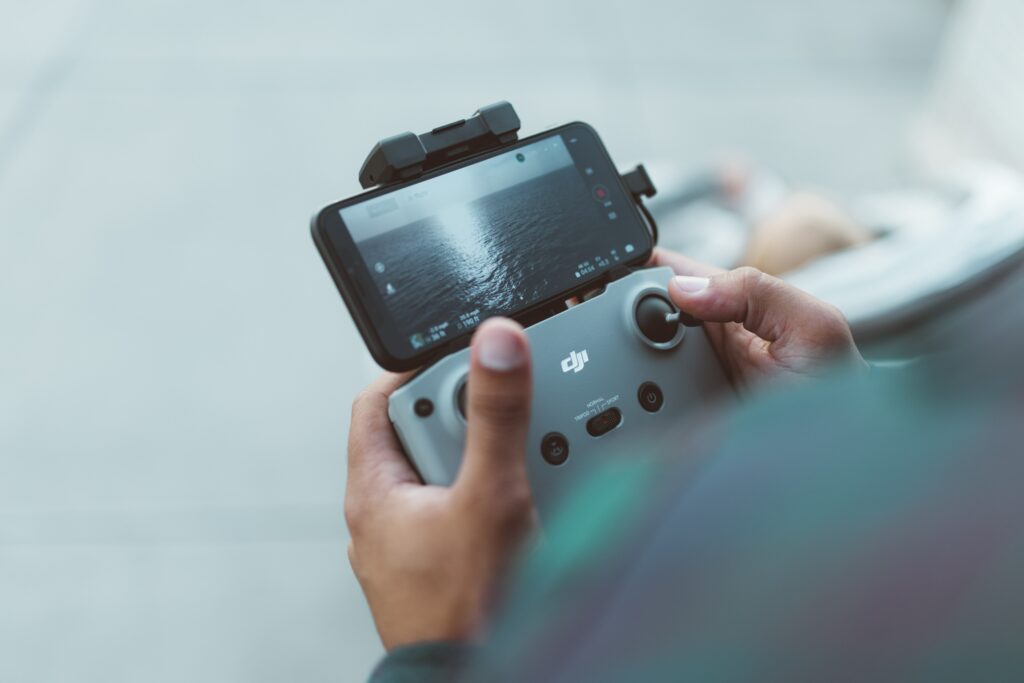Starting a Photography Business Will be an Epic Journey but Sometimes You Gotta be Sensible!
When you begin working as a photographer for a living, you start investing in your craft in order to provide better services and products. Having just said that, those investments are for optimization too. In other words, they help you do the job faster and more efficiently.
That would be epic, and we ALL want that.

However, it's easy to get sidetracked just by the sheer amount of work that you need to do and by (seemingly) endless pondering in order to find ways to improve your workflow.
This is when you might miss some important aspects of your business. This can be dangerous – by dangerous, I'm referring to all those things that can hurt you and your business but unfortunately get forgotten or just pushed to the back of the line.
1. CD/DVD Backup
First of the photography dangers – backing up your work!
Even though it can be convenient, (as you can grab a blank DVD super cheap), this is the worst way to store your important archives. First of all, it's actually more expensive than hard drives, and not as safe.
CD/DVD disks have short shelf life. That means that after few years (usually around 1-2 MAX) they aren’t as safe as rewritable “storage”, so you can lose the data even if you store them with absolute pristine care.
Additionally, you can’t edit or adjust the data – you can add if you want, but not remove. Therefore, it makes things more complicated. Bottom line with this older technology, don't even bother….unless your life depends on it, then only use temporarily.

With hard drives make sure you turn them on occasionally just to ensure the mechanical parts don’t get stuck. This is usually required around once every 6 months (or less, ideally).
Additionally, hard drives are flexible and provide you with the ability to access a large archive at the same time, while with CD/DVD disks you will be limited to 4.38 GB sized archives at a time – another HUGE disadvantage (I think you get this now).
If you are anything like me and tend to experiment with photography e.g with panoramas, file sizes can easily reach 12GB+ per file, so ensure they're on something reliable. Google search it, grab an external USB drive and backup this stuff, safely.
2. Theft or Critical Damage
Usually, when you are out doing a photoshoot you are focused on the photoshoot only. It's likely you'll move a little and sometimes get further away from the rest of your gear.
This might not seem much when you're shooting (especially if you are only 10-15 steps away) but it's enough distance apart for somebody to grab the gear and run – more or a risk in urban areas of course.
This could turn your shoot from a great day of photography to an actual nightmare – you just don't even want to imagine it!
If your gear's insured then you’ll lose valuable time getting the monetary value from the insurance companies, notifying police, statements etc etc….then repurchasing everything once your claim comes through.
If your gear isn’t insured this can lead to significant business damage, even prove fatal for it.
So, keep your gear secure, not just from theft, but make sure your bag is waterproof. The elements can do significant damage as well and leave you in the same tight spot that a theft would.
Water is the most common element that could damage or ruin your gear (if you let it get wet enough), however, rough situations i.e. heat and low temperatures are equally damaging!

Most cameras and lenses are black, meaning the material will absorb a fairly good amount of heat if left in direct sunlight for extended periods – this does cause issues.
- Firstly, it overheats the camera possibly damaging the internal components which are heat sensitive.
- Secondly, it weakens the plastic and composites used to create the camera. In other words, it makes them weaker and more brittle thus making the camera more prone to damage.
Cold temperatures, especially combined with condensation can, of course, freeze up and damage moving components, and short-out electrical components. So just be careful and plan ahead if you know the weather or conditions are going to be more extreme than “normal”.
3. Contracts – For You, Your Clients, Models…Anyone!
Don’t make the mistake of “verbal agreements” with clients. Yes, some people look trustworthy, and they probably can be trusted, but you need to stay on the safe side and have everything in a written form and signed by both you and the client.
Ensure the contract states everything clearly so there is no room for misinterpretation. That way you are safeguarding your business against disgruntled clients who could try to harm your business if they think something didn’t go quite as planned.
Always try to ensure you get the model to sign a release for every photo shoot too!

Summary
Hopefully you've picked up a few tips here about exercising some caution when it comes to your photography business. These three tips are simply ones that I wish I had been shown or made aware of when I was starting out because believe me, the regrettable things I have ended up learning the hard way!
Photography Dangers – Top Takeaways
- Get yourself some insurance – if your gears gets stolen, dropped down a drain, off a cliff, eaten by a pack of wolves, you need to be able to (painfully) replace everything.
- It's always a good idea to backup your images on multiple devices – external hard drives, the cloud, the computer itself and even your very own server at home!
- Contracts ensure a “written” agreement about a job – stay clear or at least by vigilant about jobs which will only involve a verbal contract, I'd only do this with some I know VERY well – even then, I wouldn't make it a habit.
Further Resources
- Should You Really Buy Camera Insurance? by Jason Row
- Got a Photo shoot Booked? Don’t Leave Without These Things, You’ll Just Kick Yourself! by Dzvonko Petrovski
- A Look Into The Cloud: BackBlaze As An Online Back Up Service For Photographers by Jason Row
Further Learning
You want some Landscape techniques?
Ok, this guide by Kent Dufault will really help you out then: The Complete Landscape Photography Guide.




